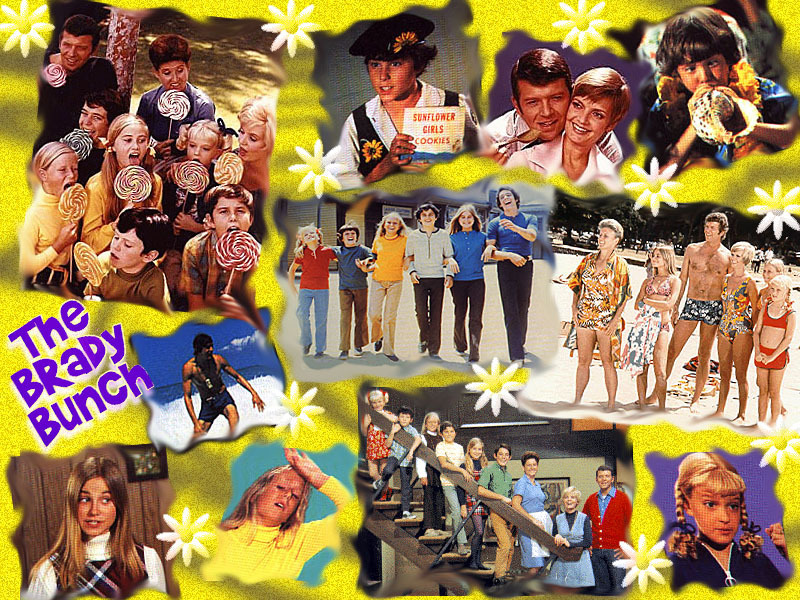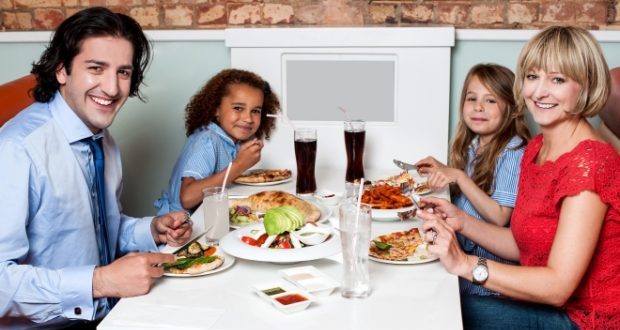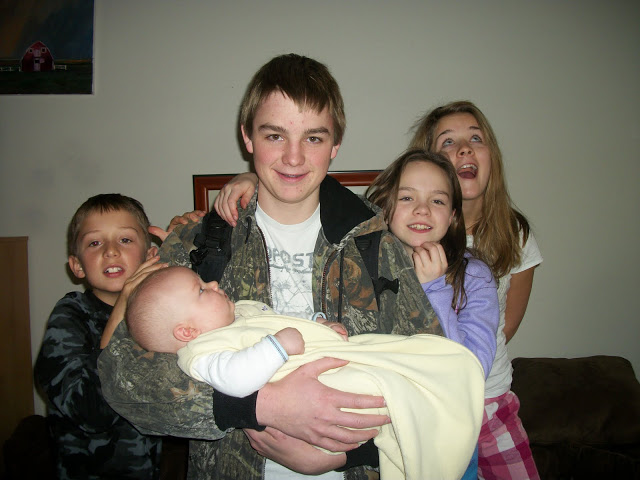Blended Family Myths ~ Everyone’s Loved & Happy Family

The “what should be” never did exist, but people keep trying to live up to it. There is no “what should be,” there is only what is.
~ Lenny Bruce
Myths, fables and tall tales, the majority of stepparents enter our blended families with a variety of them. In particular, those of us who were never parents before joining our blended family. In my case, I naively believed my military leadership experience and working with the Pretty Lady as children’s ministry teachers prepared me for the demands of blending and stepparenthood.
I also felt very confident (probably overly so) about becoming a stepparent because I developed a good rapport with my future stepchildren while the Pretty Lady and I were dating.
Looking back, I can easily understand why the divorce rate for blended families is hovering at 60%. Entering your blended family with myths instead of realities guarantees you will eventually come to the place where you begin questioning what are you doing in this marriage.
I did not enter my blended family as a Smart Stepdad, however, I believe I was able to persevere because:
- My sincere belief God brought us together,
- An ability to live in a stressful environment courtesy of my four years at the Air Force Academy, and
- My commitment to honor my wedding vows.
While that didn’t make things easier during the difficult times it did give me the motivation to stay one more day. When we enter our blended families with unrealistic expectations based on what we think “should be” rather than “what is” we set up ourselves for future resentment and disillusionment.
Here’s one of the more significant blended family myths:
Myth/Should Be
- Everyone Will Love Each Other and Be One Happy Family.
Reality/What Is
- The Brady Bunch only exists on TV reruns; the script writers wrote episodes like they were a nuclear family.
- Biological parents and their children have a natural love and attachment.
- Stepparents don’t have this natural attachment; it’s unrealistic to expect stepparents will love their stepchildren.
- Children may feel warming up to the new stepparent will harm the relationship with the nonresidential biological parent. In response, the children will be become unwelcoming and standoffish with the new stepparent.
- Other Influences
- The sex and age of the stepchild
- Younger children are more open to blending
- Children of the same sex as the stepparent tend to be resistant to that stepparent
- Involvement of the nonresidential parent
- The more involved the less likely the stepparent will be received
- Acceptance of the new stepparent by nonresidential parent
- Influences how close the stepparent will be allowed to get to his children.
- Influences how close the stepparent will be allowed to get to his children.
- The more involved the less likely the stepparent will be received
- The sex and age of the stepchild
- Mutual respect should be expected but not love.
Love and care takes time to develop. As much as we may want it, living with unrelated people in the same house will not bring them to love and care for one another. Love and care may or may not develop. Love and intimacy cannot be forced, be patient and allow everyone to move at their own pace. The following books are excellent resources for your reference.
Customer Review from Amazon
If your step family is dealing with serious issues I recommend “Smart Stepfamily, The: Seven Steps to a Healthy Family” by Ron Deal or “Stepcoupling: Creating and Sustaining a Strong Marriage in Today’s Blended Family
” by Susan Wisdom and Jennifer Green. You will find either of these books to be far more comprehensive and useful, although each one has its own strengths.
The “Smart Stepfamily, The: Seven Steps to a Healthy Family” is a book written from a strong Christian perspective and as such provides significant spiritual and biblical background for people of faith.
“Stepcoupling: Creating and Sustaining a Strong Marriage in Today’s Blended Family
” approaches the step family more from a secular counseling context and therefore does not delve much into the moral or ethical aspects of the various issues facing step families. Indeed, when discussing a foundational issue like honesty or dishonesty, the “Stepcoupling: Creating and Sustaining a Strong Marriage in Today’s Blended Family” book explicitly states neither value is right or wrong.
This was almost a deal-breaker for me. I suspect even most non-religious people would struggle with the idea all behavior is value neutral. Nevertheless, the book largely arrives at the same conclusions as its Christian counterpart – but from a different perspective.
All in all, I think any stepfamily going through external or internal struggles would be well served to read both books. Both bring unique and significant insights into the challenges step families face. The “Stepcoupling: Creating and Sustaining a Strong Marriage in Today’s Blended Family” book is somewhat more earthy and easy to read, being filled with concrete examples from actual step families.
The “Smart Stepfamily, The: Seven Steps to a Healthy Family” book feels a little more detached, but still does a very good job of communicating the key issues that step families need to address, while acknowledging the spiritual needs of those involved and how to address them. In this sense, it is perhaps the deeper of the two. Either book will do a good job in helping the step family better understand itself and move toward a more fulfilling future together.







